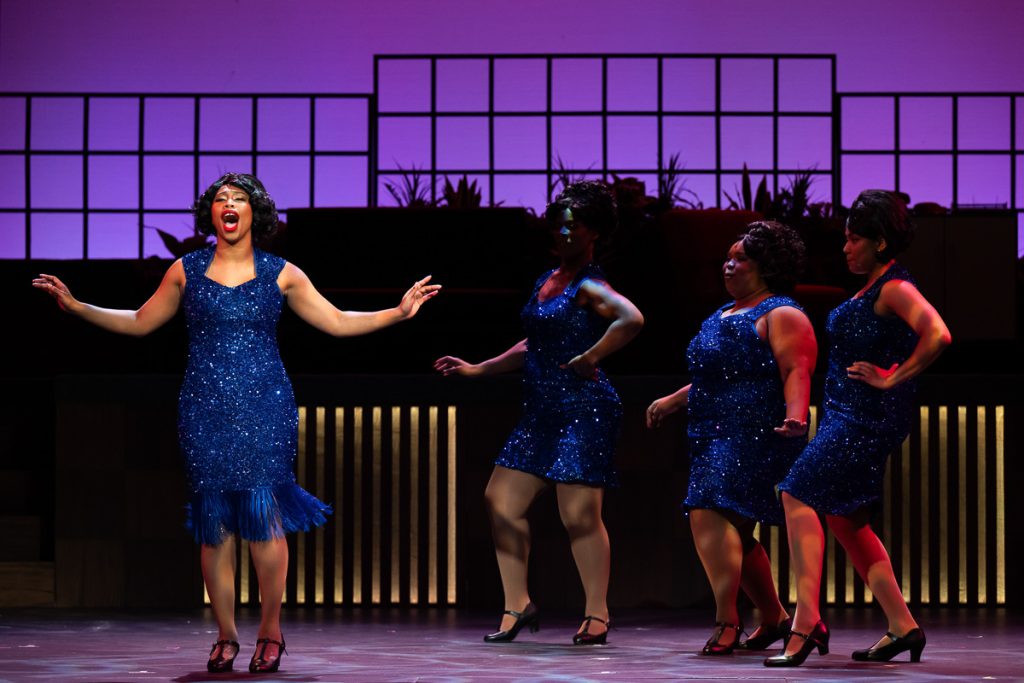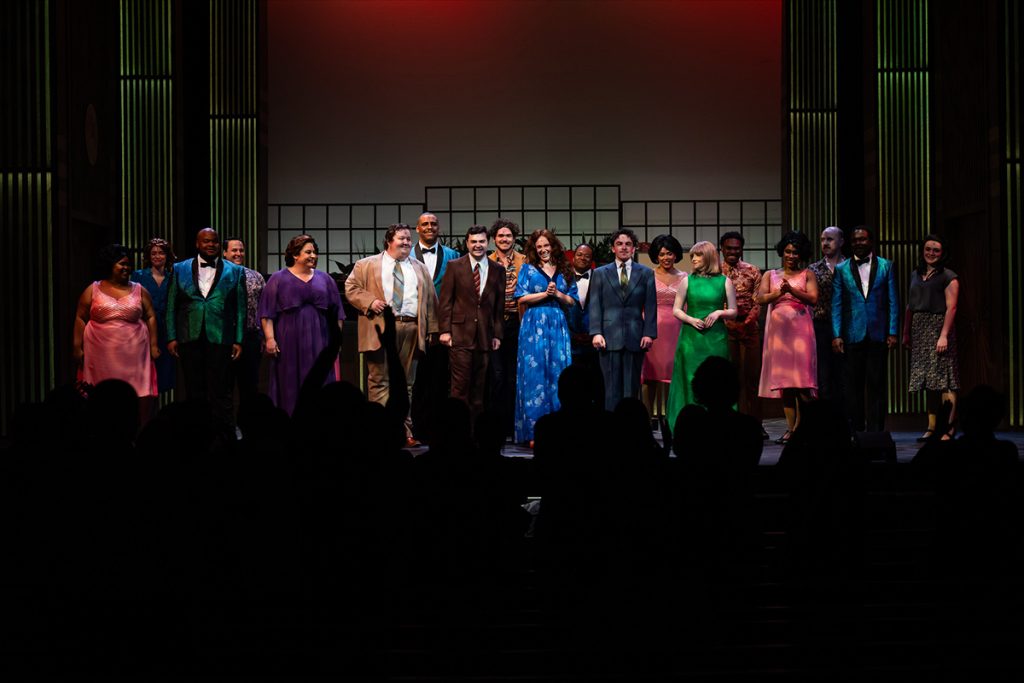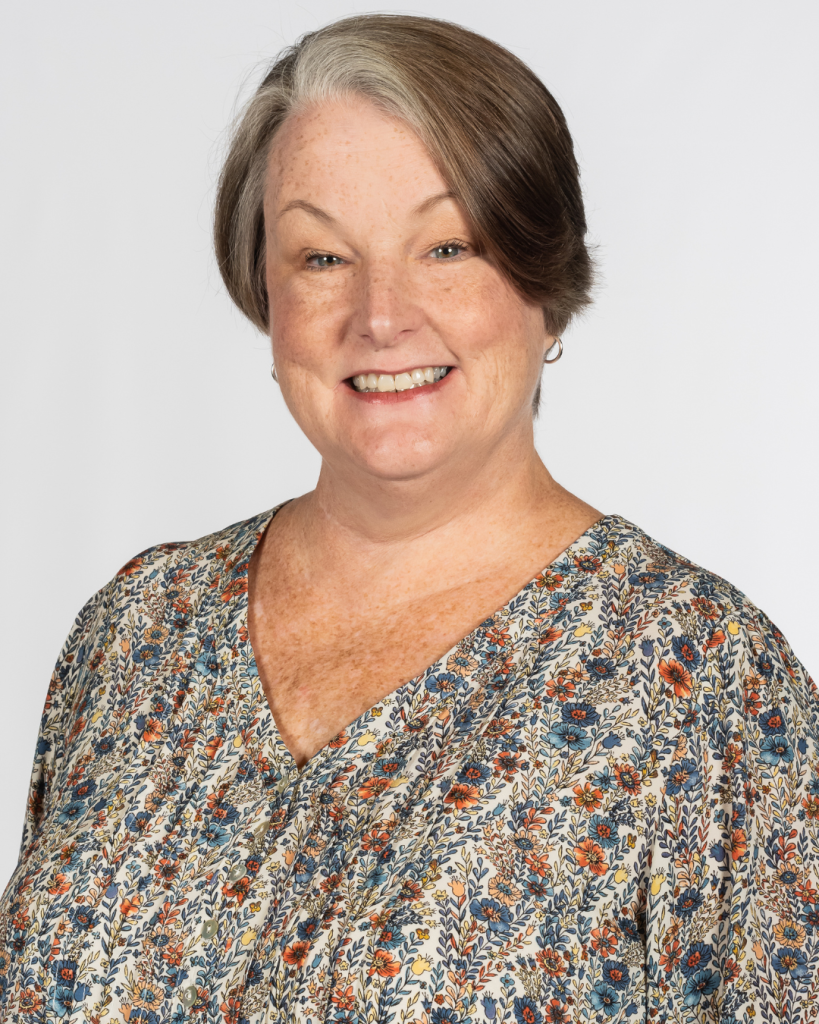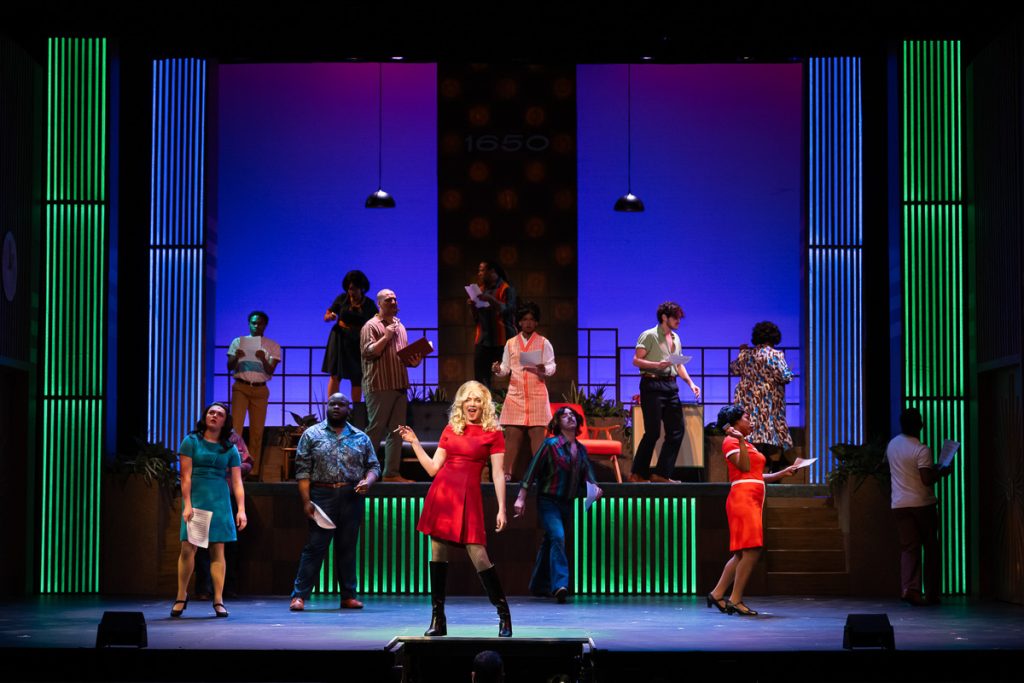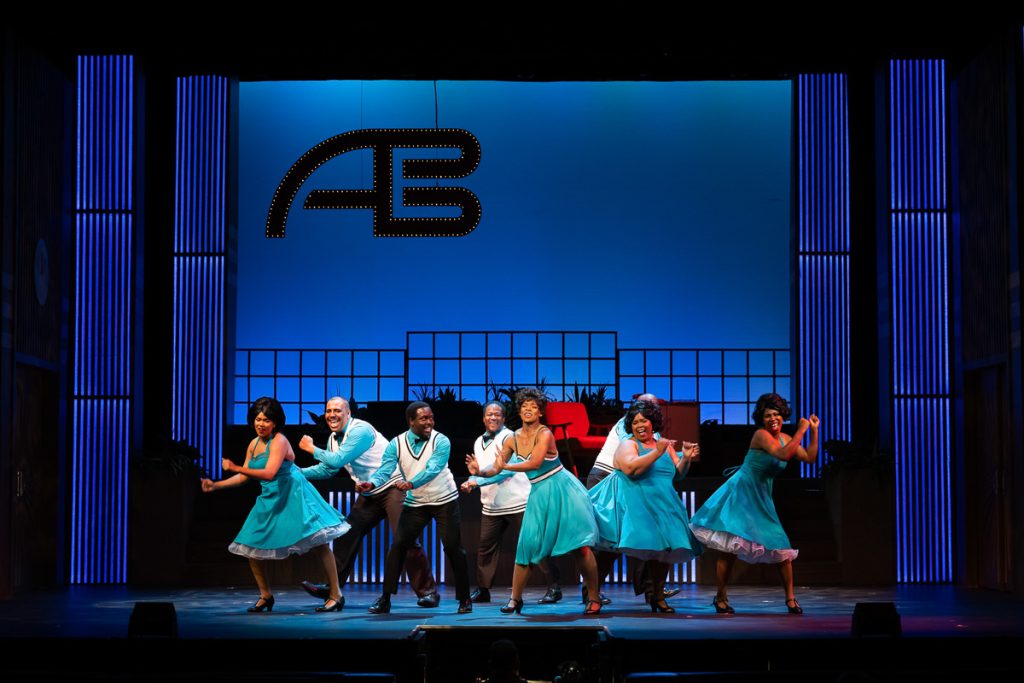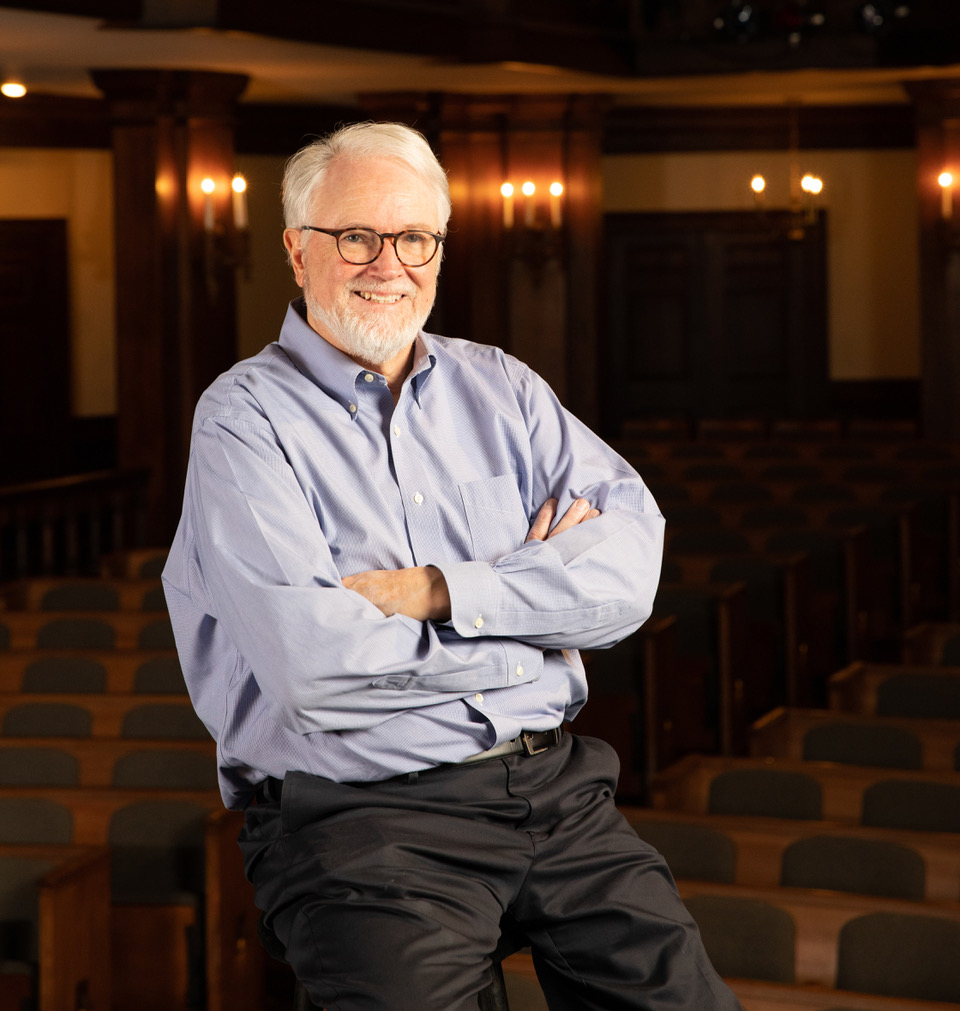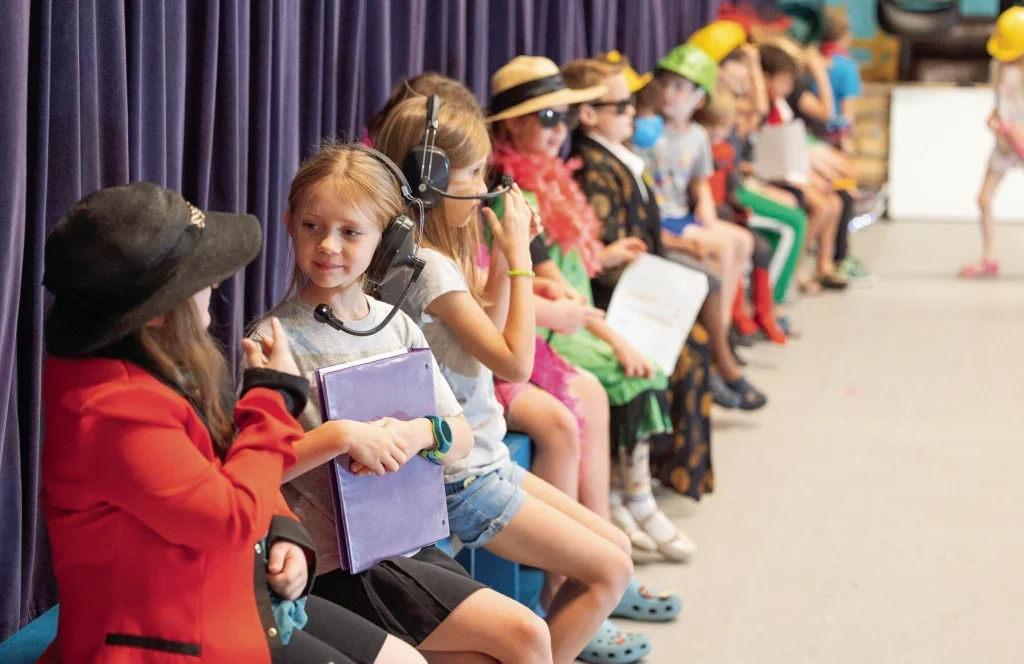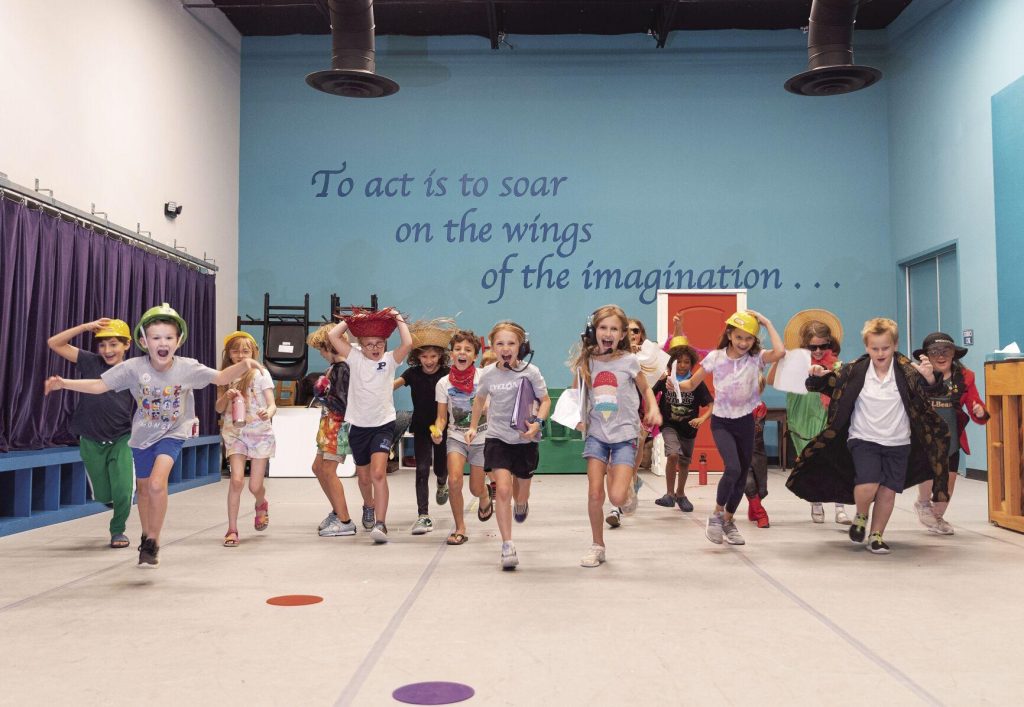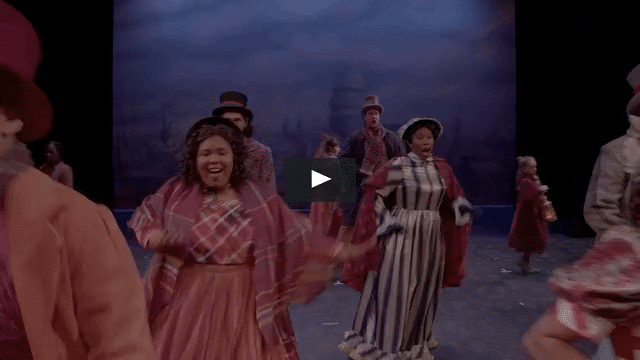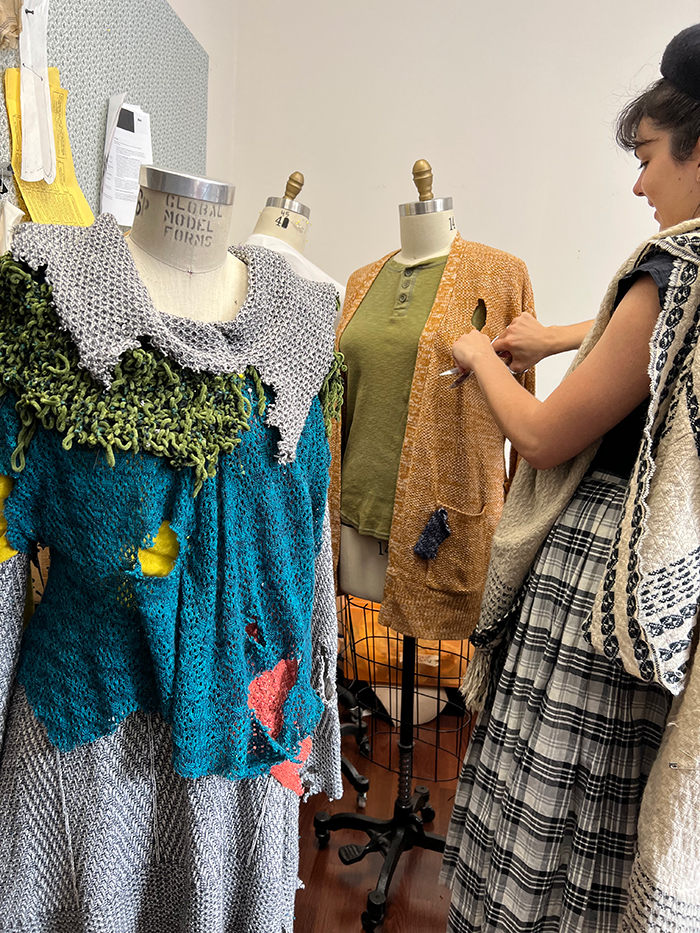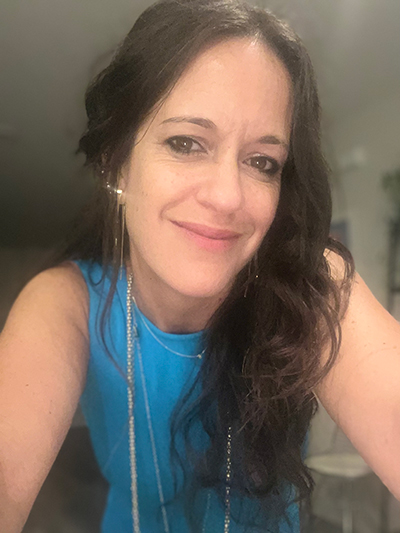How did you approach designing costumes for “Beautiful: The Carole King Musical” to reflect the fashion trends and styles of Carole King’s era?
I did a lot of primary research, especially since a majority of the characters are real people in music history! I mainly approached it by researching these specific people while also looking at how fashion was evolving from the late 1950s to the early 1970s. I looked at certain trends and fashion movements that were happening at the time. Styles, makeup, and hair were changing more rapidly at this time so magazines, advertisements, TV shows, and music performances were very important in shaping my
concept for the costumes!
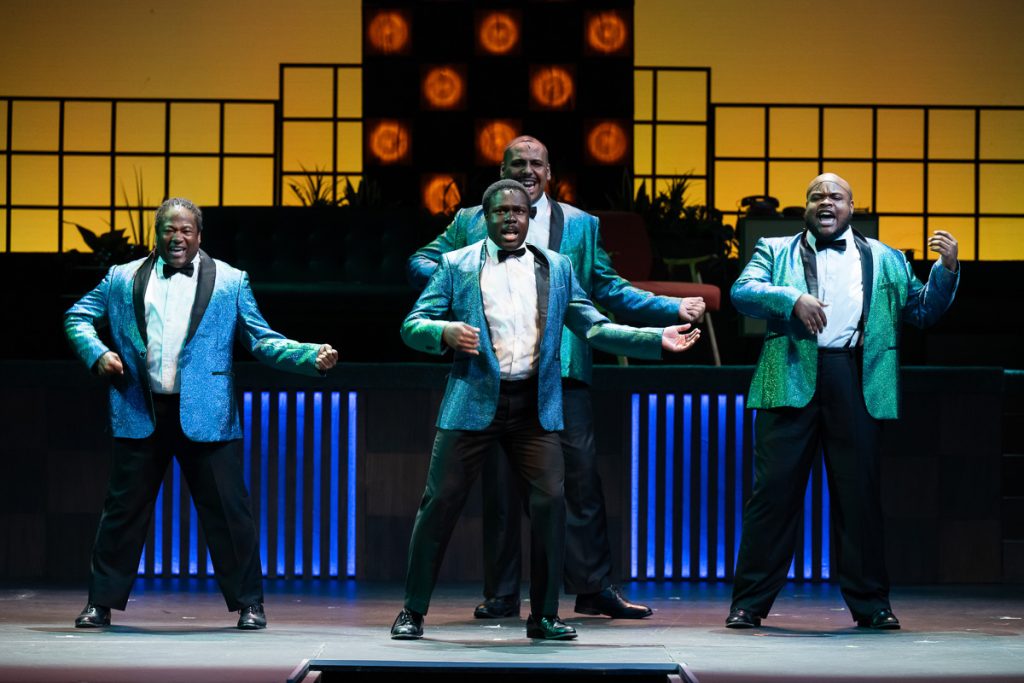
Can you discuss any specific research you conducted to gain insight into the fashion of the 1950s, 60s, and 70s, which are pivotal periods in Carole King’s life?
A lot of my research consists of photographs I can find from each decade along with fashion magazines, advertisements and clothing patterns with fashion plates. Even looking at old family photos can be helpful to get a sense of what people wore! Luckily, there are a lot of photographs of Carole King with Gerry Goffin, Cynthia Weil, and Barry Mann during the time periods the musical takes place. This was extremely helpful in shaping the silhouettes and styles of each character along with their hair and makeup.
Carole King’s personal style evolves throughout the musical. How did you reflect this evolution through her costumes?
During my research process, I realized that most people have a certain image of Carole King when they first think of her. We all generally think of her in the 1970s with her wild, curly hair and relaxed bohemian style. However, a majority of the musical takes place before 1970. When you look back at when she first started writing and producing music she dressed very of the times of the 1950s and 1960s. From what I
gathered, Carole typically dressed fairly subtle and simplistic, feminine but never very flashy or overly trendy. The musical starts off with at 16-year-old and ends with her at the age of 29, so we definitely see her mature throughout the show. So at the beginning we see her dressed very youthful and almost school girlish since she is so young even though she’s in college. She then gets married, has children, and a career at a very young age so I wanted to dress her as someone that has to mature into an adult quickly. I referenced a lot of photos of the time when she was wearing simple day dresses and as time goes on and her music progresses we see her move from dresses to pants and then when she fully discovers her confidence as a musician and comes into her own we see more of the iconic 1970s look she is well remembered by.
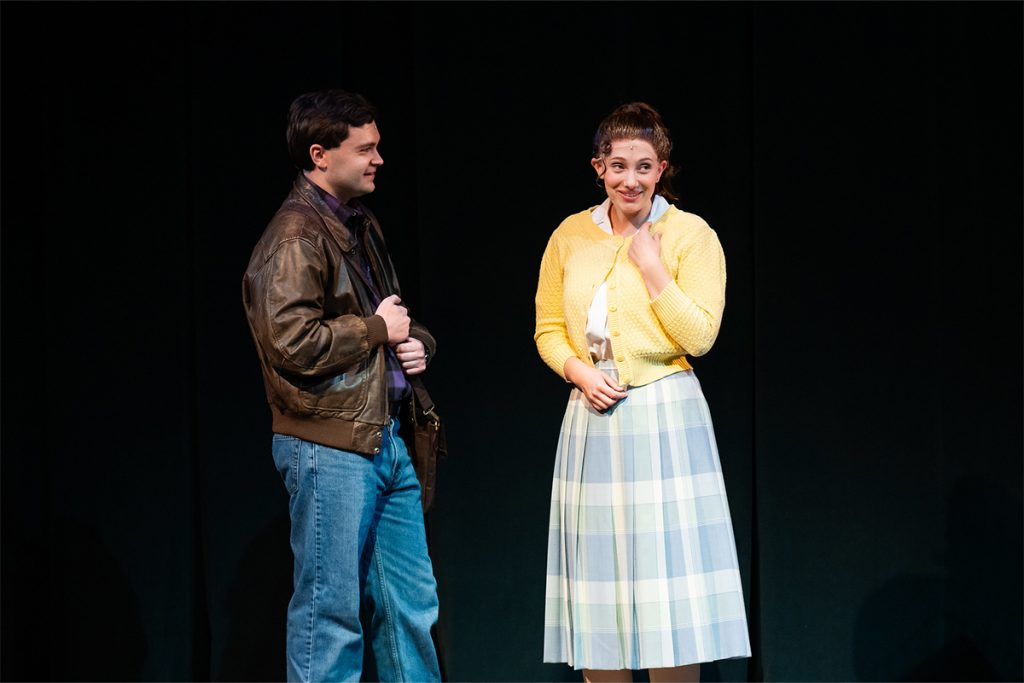
The musical features various iconic figures from the music industry. How did you approach designing costumes for characters such as Gerry Goffin, Cynthia Weil, and Barry Mann to capture their personalities and styles?
I first looked at photos of them taken in the 1960s. From these photos, rather than trying to recreate certain outfits I took them as inspiration for each of their personalities and styles. For the stage, I also heightened the contrast between each of them. For example, Carole dressed a little more simplistically and Cynthia was a little more trendy. Even in the script, they always reference how nicely dressed and chic Cynthia was. So I wanted to create a visual contrast with Cynthia being dressed in sharper more form fitting silhouettes, bright colors, and different textures. As the show goes on, I also wanted to embrace Cynthia’s mod 1960s styles with Carole’s more 1970s bohemian style. Gerry Goffin was very serious about writing music but also went through some tumultuous struggles and overthinking things in head throughout the show. So we see him dressed a little more straight laced but also see him in complex patterns and very cool tones. Barry Mann is the more light-hearted, charismatic character of the group so I had him dress in more playful silhouettes and patterns that were fun fashion moments for men in the 1960s and early 1970s.

Can you discuss any specific details or embellishments in the costumes that hold particular significance or symbolism in the context of the musical?
There is symbolism in the colors of certain costumes that I’m not sure the audience will pick up on but if they do I think it would make certain scenes carry an extra meaning. Throughout the show, Gerry wears purple and blue tones. There is a scene in Act 2 when Carole is recording “Natural Woman” and has difficulty recording it because it reminds her of Gerry. She performs the song beautifully while wearing a
purple blouse, to signify her love for Gerry and even though she is not with him any more, he is still a pivotal part of her history. In the finale, she wears her iconic blue dress right after talking to Gerry and he tells her she’s “going all the way” with her music as she becomes her own solo act and shines on her own.
The musical includes performances of Carole King’s iconic outfits – how did you recreate these looks while also infusing them with a theatrical flair?
In the musical, we really only see Carole King perform at Carnegie Hall. For people who have already seen “Beautiful” or know of “Beautiful”, they typically remember the blue dress she wears in the finale. I wanted to keep this iconic color but put it in a different textile to give it a different visual interest. I also wanted to reference a dress she wore in a BBC filmed performance in 1971 to fully embody her. However, there are a lot of performances by musical groups that perform the songs she wrote. For The Drifters and The Shirelles, we recreated their iconic looks of the 1960s. We actually built the dresses for the Shirelles and based the silhouette on a real performance photo of them. To make them theatrical we added certain design elements such as sequins and a romantic shade of pink fabrics to make them more dynamic and pop against the set!
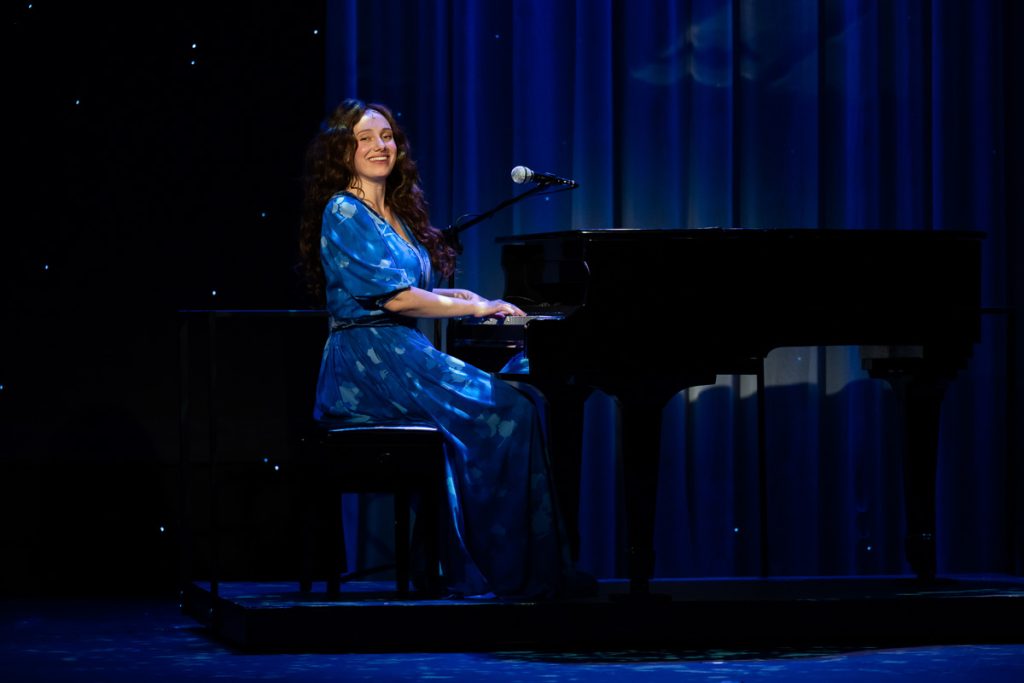
Hair and makeup play integral roles in transforming actors into characters. How did you collaborate with the wig designer and team to ensure that the overall look for each character in “Beautiful” was cohesive and authentic to the time period?
Hair plays a major role in “Beautiful”! Since the show moves through almost three different decades, the wigs help show the progression of time and fashion. This show has the most amount of wigs we have ever done in a show at Charleston Stage. The wig designer, Abbie Jones, and I looked at a lot of research images for all the characters that are based on real people. We discussed how to interpret certain hairstyles and adapt them for the stage and for the characters. For the ensemble, Abbie Jones did some more research of the time period and found creative ways to style everyone slightly differently and accurately for the time periods!
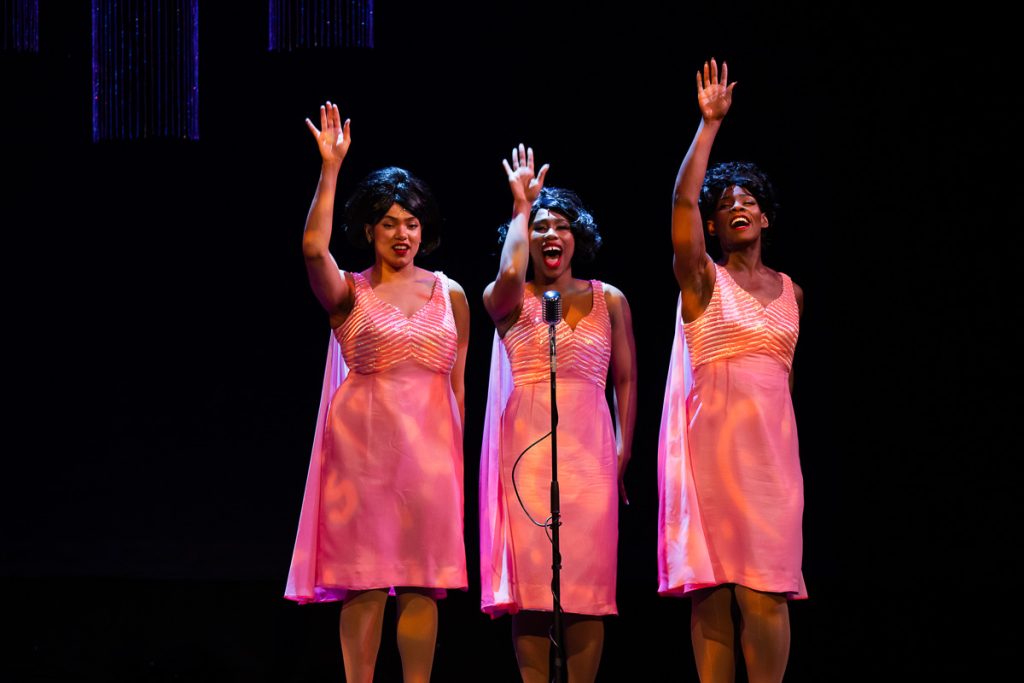
What do you hope audiences will take away with them after seeing Charleston Stage’s production of “Beautiful” and experiencing your wonderful designs on stage?
I really hope people feel like they have been transported back in time, especially to a time when music and design was really evolving. I had so much fun designing this show and being inspired by the 1960s (one of my favorite decades of fashion), especially since it is a decade I have gotten to design in! The show is so vibrant and fun while also evoking the joys and heartbreaks we all experience while growing up and becoming the people we want to be. And of course, I hope people leave wanting to listen to more Carole King’s music and experience the beauty of it!
BEAUTIFUL: THE CAROLE KING MUSICAL is running at the Historic Dock Street Theatre from April 10-28, 2024. Click HERE to book your seats.

HAYLEY O’BRIEN (Costume Designer)
Originally from South Florida, Hayley graduated from Florida State University with a Master of Fine Arts in Costume Design and a Bachelor of Arts in Theatre. Her recent credits at Charleston Stage include The Trip to Bountiful, Clue and The Addams Family- A New Musical. Other credits include Kinky Boots, JFK and Inga Binga, Native Gardens and Blithe Spirit. She looks forward to future productions ahead at Charleston Stage and is thankful to be involved in the TheatreWings program. Hayley would like to thank her family and friends for all their love and support!


